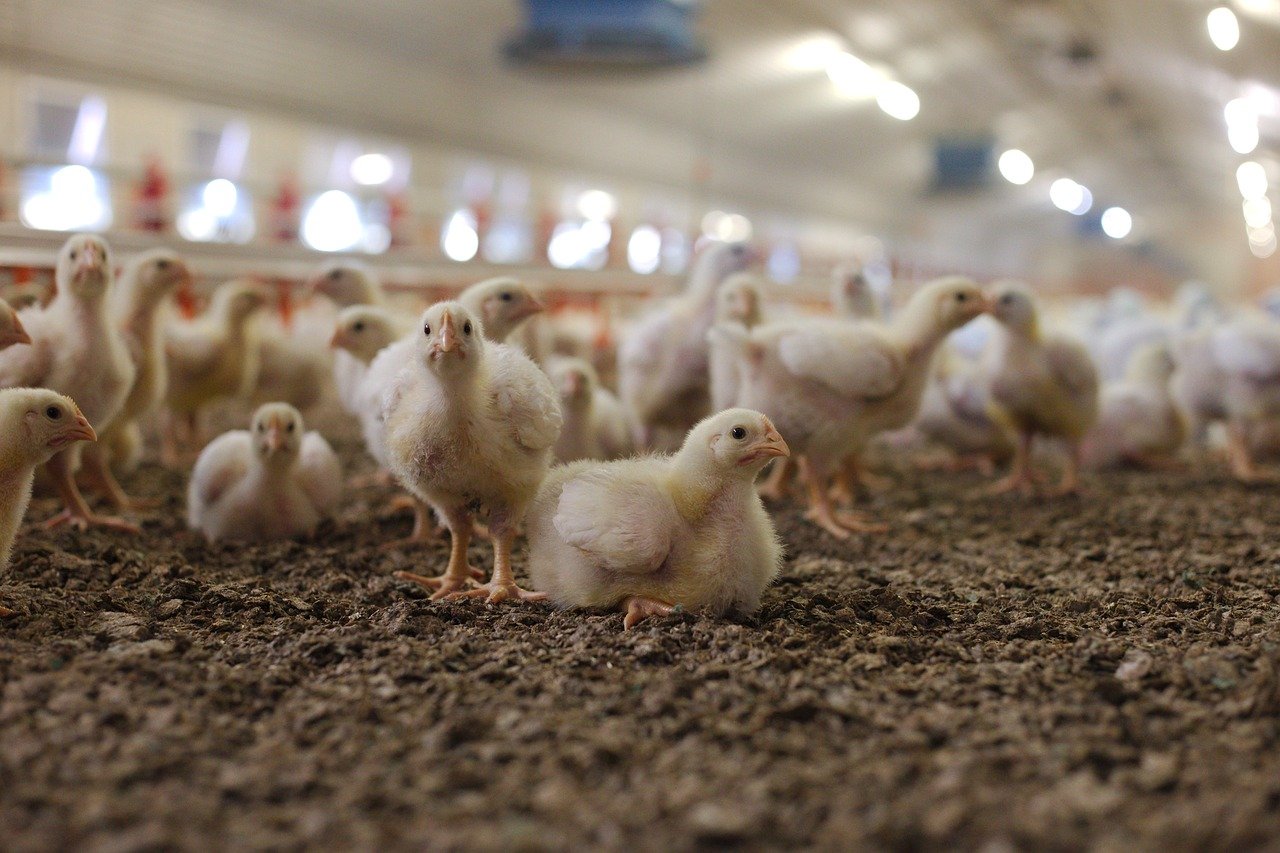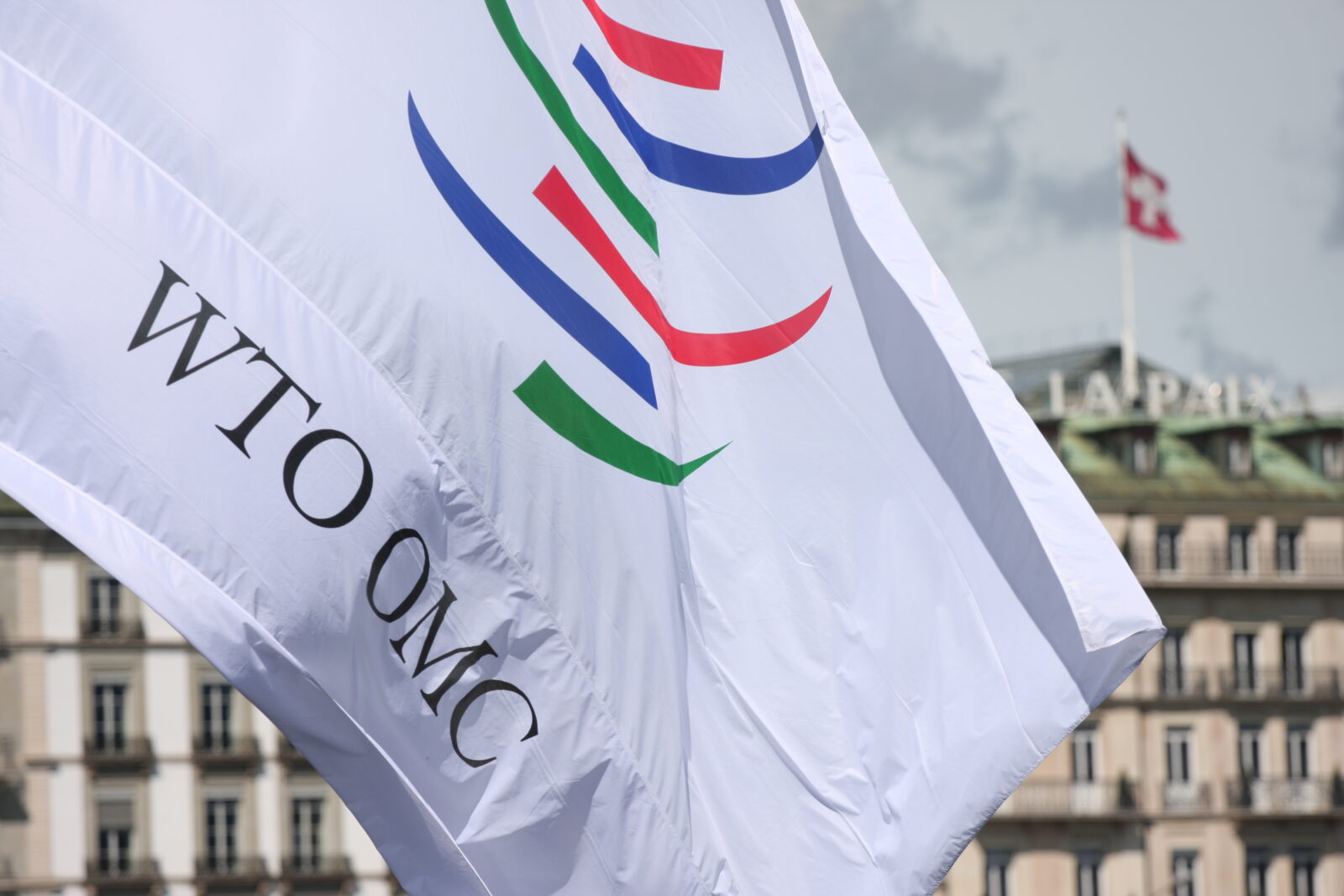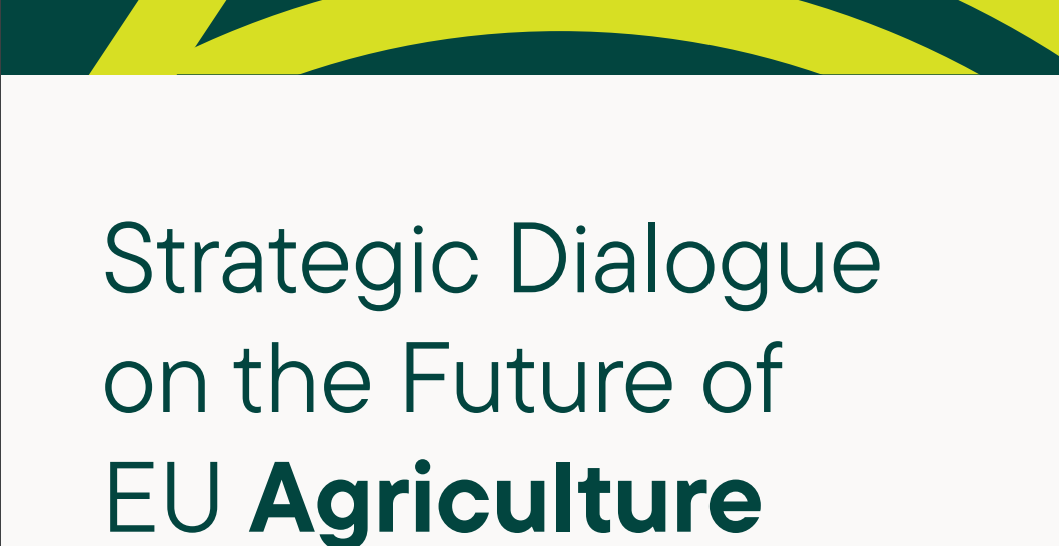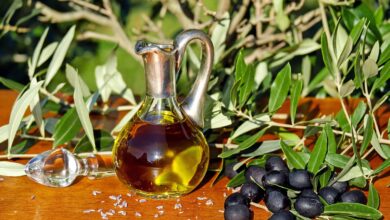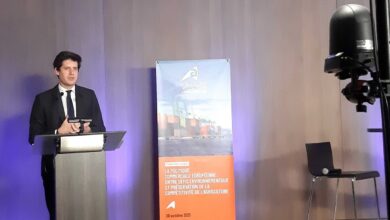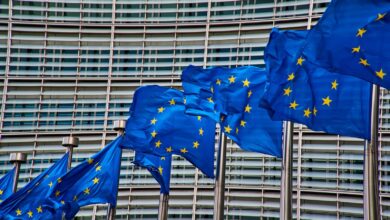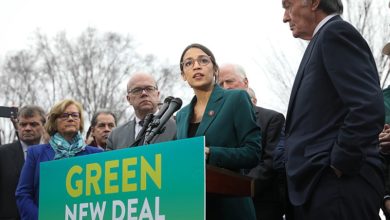
Allowing producers to better organize themselves to better control marketing and thus rebalance the bargaining power within the value chains should be one of the main objectives of the next CAP. A position supported by Agriculture Strategies, the extension to all productions of “sectoral interventions” where Producer Organizations (PO) via Operational Programs can coordinate their actions, as is currently the case for fruits and vegetables in particular, has been proposed by the Commission in its draft reform. In the article below, Karine Oswald-Poulet (IDfel Hexavalor), who has 18 years of experience as a CMO consultant (she accompanies 28 fruit and vegetable POs) and is also a member of the National Technical Commission (which decides on recognition of POs), the National Commission for Operational Funds and the “OCM group” of the AREFLH (assembly of European fruit, vegetable and horticultural regions), retraces the genesis and operating principles of POs in this sector.
In agriculture, many have already heard the term “PO” but a PO, a fruits and vegetables PO, what is it really? If we say it’s a Producer Organization, it’s a start. If we say that for fruits and vegetables, it is a part of the Common Agricultural Policy that celebrated its 20th anniversary in 2017, it can be a surprise (and yes, it is not the Rural Code). If we say that it is a model that has sufficiently proven its worth to extend the concept in 2013 to the European level for most agricultural products, it is interesting. But all that does not say what a fruits and vegetables PO really is and how it came to exist.
Let’s open a spatio-temporal gap and let us go back to the mid-90s: European fruit and vegetable producers regularly experience crises on one or the other of their productions. But fruits and vegetables are part of agriculture and Europe has a tool: the Common Agricultural Policy and its Common Market Organization (which some know under the abbreviation of CMO).
At the time (and since 1972), the CAP proposes to the Fruit and Vegetable Producer Groups to try to regulate the market by withdrawing (modest term to say “destroy”) the product when there is too much, with a monetary compensation. The Community Withdrawal Compensation, CWC for intimates, is the same throughout the European Union for every product, without taking into account differences in production cost, or even different qualities.
And what was to happen happened: for some European farms with the lowest production costs, the CWC can be profitable, at least for some qualities, a market like any other, sometimes even better than another because the tariff is known in advance and the quantities are unlimited. There are producers who decided to permanently orient a sometimes significant part of their production … towards the withdrawal.
Obviously, the budgets of the fruits and vegetables CMO take off, obviously, the crises do not diminish, obviously, the financial policeman of Europe gets irritated, we must find something else.
Here are the elected officials and European officials in full reflection and the reflection is based on a fairly unanimously agreed upon finding: mass distribution has already largely started to concentrate while the fruit and vegetable sector has a very large number of suppliers (we are at the time going from 12 to 15 countries in the EU).
The less assiduous students of trade will have understood: there is a major imbalance between the number of suppliers and the number of buyers, resulting in exacerbated competition and pressure.
Nevermind, Europe will try to re-balance the scales between suppliers and buyers. Of course, we are not going to reduce the number of producers but the number of suppliers, the nuance is significant: for this, Europe decides to encourage producers to group their offer, with the aim that they can thus weigh more in commercial negotiations.
Even if it can make seem funny, it is the idea that precedes the appearance on the CAP scene of the Organization of Fruits and Vegetables Producers.
And even the words are, for once, to be understood in a literal sense: we are going from the Group of Producers, which solely regroups producers for the benefit of withdrawals, to the Organization of Producers, whose purpose is to organize marketing for its member producers.
In both cases, the producer is at the heart of the tool but the purpose is different: the fruits and vegetables PO is first and foremost a commercial operator, a commercial operator whose goal is to obtain the best value for its members products.
June 1997: certificate of birth of fruit and vegetables PO in European law (Regulation 2200/1997 for fresh fruit and vegetables, and its twin, 2201/1997 for products intended for processing).
Lets recognize that for some European texts, it is not always easy to understand the logic behind their elaboration when you didn’t accompany the elaboration phase.
On fruit and vegetable POs, the principles are coherent: the criteria for recognition are logical with respect to this commercial operator DNA.
To sell something, you have to know what you are selling, in quantity, quality and timing: the PO therefore has an obligation of “knowledge of production” including the registration of sowing / planting (vegetables) or the inventory of orchards (fruits), the monitoring of the forecasts then the harvests as well as sorting1.
Grand principle of trade: adapting its production to the market(s) targeted: our PO is ordered to guide as much as possible (we are not making bolts either) the production of its members, particularly in quality. To this end, it provides, among other things, technical support.
And to modulate as much as possible (sometimes, it can not be done) its sales schedule but also the presentation of its products according to the constraints of the market, it is the OP that drives preparation, storage, packaging, on its own grounds and / or with third parties but under contracts that it controls.
The fundamental objective of fruits and vegetable POs being to reduce the number of suppliers on the European market to (try to) rebalance the commercial relationship between production and buyers, THE essential function of the fruit and vegetables PO is very logically the marketing of the products of its members.
And as it is out of the question that the said producers could sell to customers of their own PO (or others), which would be the opposite of the desired effect, the farms therefore have an obligation to sell entirely via their PO, this often referred to as “total input” (the derogations are few and VERY supervised, even more so with the European regulation 891 of 2017 which imposes a single cumulative ceiling on possible derogations).
The counterpart, which is almost always forgotten, is that the PO must market the fruits and vegetables of its members (those for which they join), as long as they are salable, which forces it to seek a valuation also for less adapted / less beautiful products.
A PO is therefore a commercial operator a bit special but who, like any commercial operator, has a strategy, opportunities, prospects, projects … What species? Which varieties? What calendar? What quality approaches (in the broadest sense)? The PO is involved in all these subjects (and many others).
And to give it some flexibility, allow it to meet certain needs or gaps, the European legislator has even allowed it to resort to trading, provided that it remains a minority compared to the turnover from its producers members.
Now that we have more or less gone around the aspect of “Organization”, marketing in particular, let’s talk a little about the OP’s P, its “producers” dimension.
The idea of the Community legislator is to give resources to producers and without letting these means be captured by others, the PO must be created at the initiative of producers, it is owned and controlled by producers and the so-called “democratic control” rules have been progressively locked down to avoid circumvention, as some jurisprudences attest.
The OP is therefore a collective tool of at least 5 different producers, with different levels of verification, and to my knowledge, no (legal) montage in France allows for less. No one, whether an individual or an entity, can control a PO alone, directly or indirectly.
France, unlike other states, validates the possibility of having non-producer members, which makes it possible to have SICA OPs, but the place of these non-producers is restricted and highly supervised: 25% maximum votes and capital if there is any, prohibition to vote the Operational Program, …
In summary: everywhere and always, the fruit and vegetable PO is there by and for all of its member producers, who make the decisions. For this purpose, it can adopt any legal status, except the union, the most represented being the cooperative (53%), the SICA (18%), the companies (16% for SA, SAS and SARL) and the association (11%).
Last but not the least surprising part of the recognition of a fruit and vegetable PO: the environment.
You will tell me: what is the relationship with everything that has been said before and in particular the commercial dimension? To my knowledge, none, especially since in the late 90s, the societal demand for the environment has nothing to do with what it is today.
Nevertheless, as early as 1997, it is essential to implement environmental actions in order to claim to be recognized as a PO. And the tool dedicated to fruit and vegetable POs, called the Operational Program, is from the outset subject to the obligation to include measures to protect the environment. The fruit and vegetable CMO is, to my knowledge, the 1st eco-conditioned system of the Common Agricultural Policy. The sector is thus quite avant-garde (it must be said that integrated production and biological control have already begun to spread strongly), especially if we remember that at the time, the CAP consisted mainly of granting aid to volumes produced, also called “coupled aid” (whose specialized crop production is excluded).
In summary, 20 years ago, fruit and vegetable POs were an innovative and even avant-garde tool, unique in its kind. Some representatives of the sector, gathered within the AREFLH (assembly of fruit, vegetable and horticultural regions), have also highlighted the positive effects of POs and their tool, the Operational Program, in a White Paper, which was presented to the European Parliament in September 20172.
Today, the tool remains modern and its direct contact with the market makes it so timely that the concept of POs was extended to the majority of agricultural sectors during the 2013 CAP reform. And it is normal since the agricultural sectors are in a (almost) Unique CMO.
Perhaps the next CAP 2020 will see the Operational Programs arrive in other sectors than fruits & vegetables?
Karine Oswald-Poulet (IDfel/ Hexavalor)
1 Sorting = Standardized procedure of the PO, variable according to the species, allowing to know the characteristics of the harvested products for example: size, color, form, visual or sanitary defects, rate of dry matter or sugar, … indications on the capacity of conservation and the possible outlets for each product.


